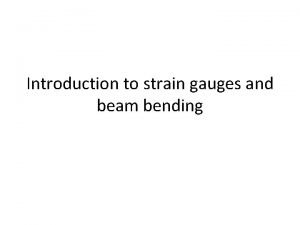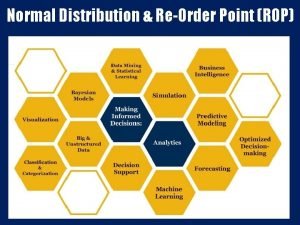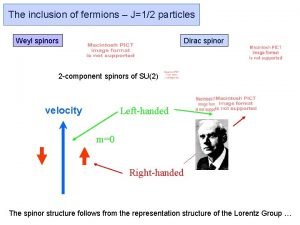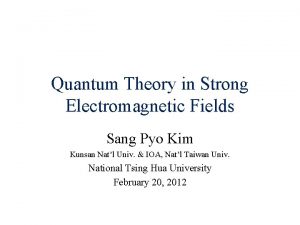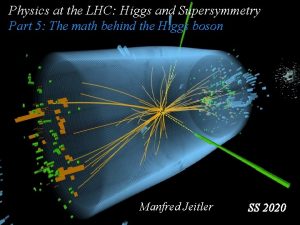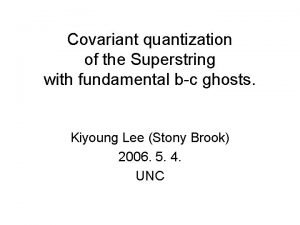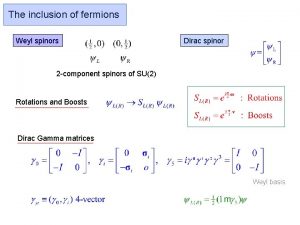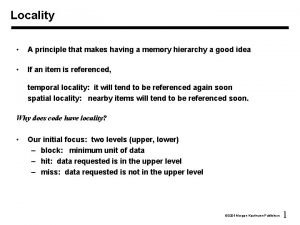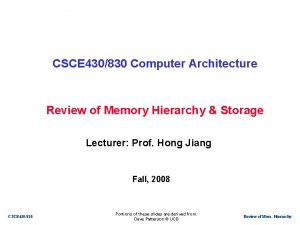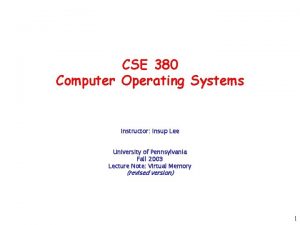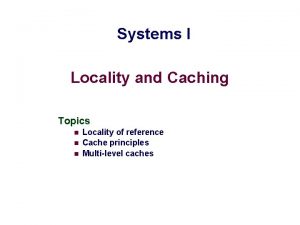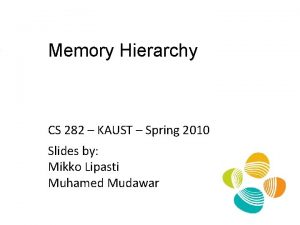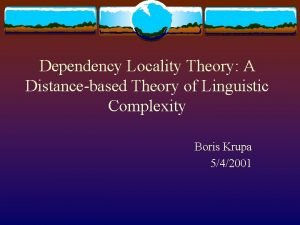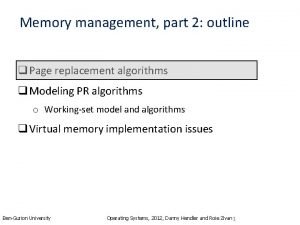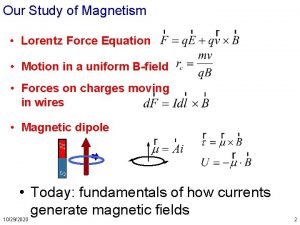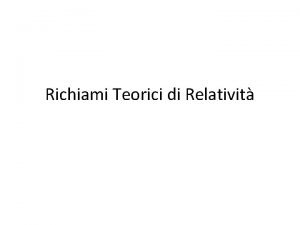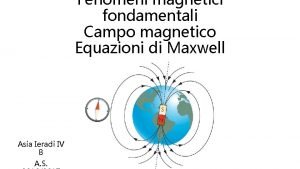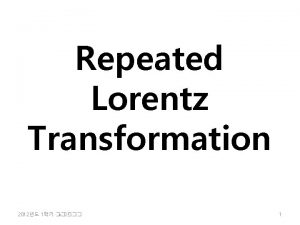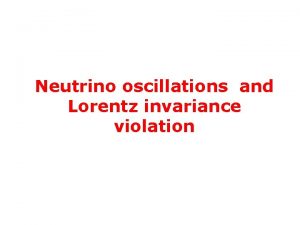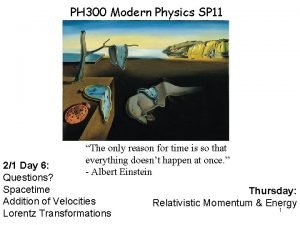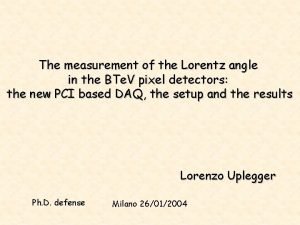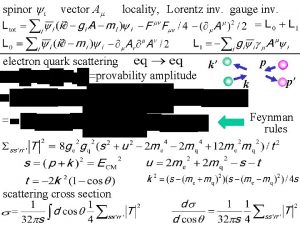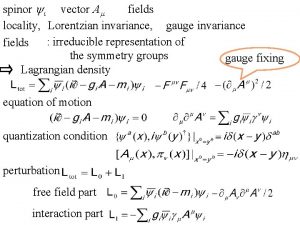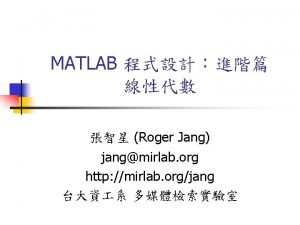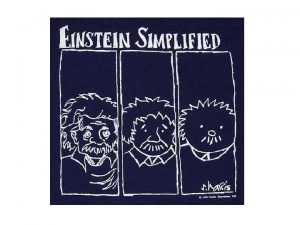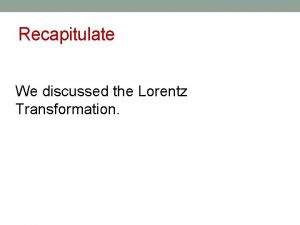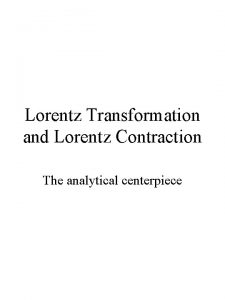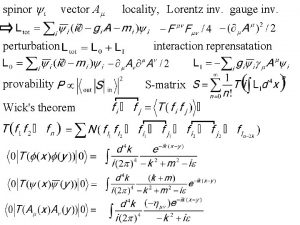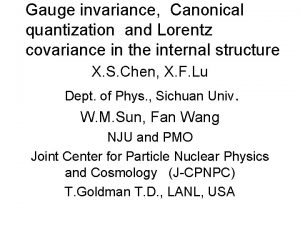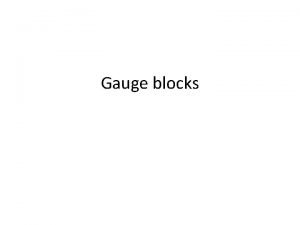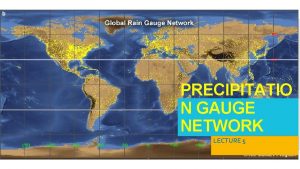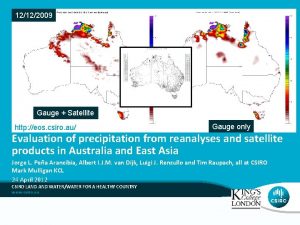spinor yi vector Am locality Lorentz inv gauge





































- Slides: 37

spinor yi vector Am locality, Lorentz inv. gauge inv. electron quark scattering =probability amplitude T= scattering cross section p k' k p' Feynman rules

Feynman rules: draw graphs with photon fermion vertex loop fermion loop & arrange the factors T matrix etc.

photonrules: fermion vertex Feynman draw graphs with photon vertex fermion loop & arrange the factors T matrix

photon loop diagram fermion vertex fermion loop T matrix for q → ∞ divergent

photon loop fermion vertex fermion loop T matrix for k → ∞ divergent

photon loop fermion vertex fermion loop T matrix for q → ∞ divergent



use complete the square in the denominater with respect to q.

use complete the square in the denominater with respect to q.

dimensional regularization: extend dimension n to non-integer I converges for non-integer n , and diverges as n → 4. Finally we will renormalize the divergences.

dimensional regularization: extend dimension n to non-integer I converges for non-integer n , and diverges as n → 4. Finally we will renormalize the divergences. n n change the integration variable q' The parts odd in q' vanish.

extend k 0 to complex = -k 02+k 2+L-ie

extend k 0 to complex -k 02+k 2+L-ie ∟ = n. K d = K 2 Wick rotation Euclidian vector Gamma function (def. )


(Lt )n/2 -1 (Lt ) Lm. Lt(t +1)m beta function : totally symmetric tensor

: totally symmetric tensor

: totally symmetric tensor


Tr(odd g matrices)=0


change variables The parts odd in k' vanish.





Fe = #ext. fermion lines Be = #ext. photon lines Fi = #int. fermion lines Bi = #int. photon lines L = #loops V = #vertices I diverges for fermion self energy part vertex part primitive divergence photon self energy part convergent owing to gauge invariance


proof of (1) (cont'd) inserting photon lines inserting fermion lines Incertions of photon lines & fermion lines do not change the l. h. s of (1) ∴(1) always holds.

fermion self energy part photon self energy part vertex part 1 particle proper part (1 particle irreducible part) reducible

renormalization (くりこみ) Consider a system with spinor y & photon. Am Lagrangian Feynman rules internal photon lines fermion vertex external lines loop particle anti-particle fermion loop T matrix

primitive divergences fermion self energy part photon self energy part proper vertex part If we add to the Lagrangian the term the following items are added to the Feynman rules × × × which always appear in sum with the primitive divergences, and, hence, can be taken so as to cancel out all the divergences.

Take : renormalized : renormalization constants (The gauge fixing term is redefined. ) Then We re-derive the Feynman rules for it. All the divergences arising from these rules can be canceled out by choosing appropriately. Relations among observables do not depend on the choices.

Thus, quantum electrodynamics is renormalizable. (このように、量子電気力学はくりこみ可能である。) If the Lagrangian includes the terms with the mass dimension greater than 4, theory is not renormalizable. (Lagrangianに、演算子部分の質量次元が4より大の相互 作用項を含む理論はくりこみ不可能である。) It theory includes interactions with coupling constants with negative mass dimensions, theory is not renormalizable. (結合定数の質量次元が負の相互作用項を含む理論はく りこみ不可能である。) The theory, however, is not necessarily renormalizable, even if all the coupling constants have non-negative mass dimensions, (結合定数の質量次元が正か0であってもくりこみ可能 とは限らない。)



 Gauge factor of strain gauge
Gauge factor of strain gauge Rop reorder point
Rop reorder point Intel confidential
Intel confidential Inv weather
Inv weather Dirac spinor
Dirac spinor Spinor
Spinor Spinor
Spinor Spinor
Spinor Weyl spinors
Weyl spinors What is the meaning of position vector
What is the meaning of position vector Directed line segment math definition
Directed line segment math definition Fsica
Fsica Why is vector resolution the opposite of vector addition
Why is vector resolution the opposite of vector addition Principle of locality
Principle of locality Group dances having special distinctive features
Group dances having special distinctive features Locality principle in computer architecture
Locality principle in computer architecture Locality of reference in os
Locality of reference in os Sketch all serious crime and crash scenes:
Sketch all serious crime and crash scenes: Introduction to plastic pollution
Introduction to plastic pollution Locality of reference in os
Locality of reference in os Karakteristik write through didalam write policy
Karakteristik write through didalam write policy Spatial locality
Spatial locality Locality.org.uk
Locality.org.uk Localities examples
Localities examples What is locality development model
What is locality development model Locality of reference
Locality of reference Locality of reference
Locality of reference This approximates a program's locality.
This approximates a program's locality. Dependency locality theory
Dependency locality theory Locality of reference in os
Locality of reference in os Lorentz force derivation class 12
Lorentz force derivation class 12 Trasformazione di lorentz
Trasformazione di lorentz Legge biot savart
Legge biot savart Lorentz transformation matrix
Lorentz transformation matrix Gaya lorentz
Gaya lorentz Electromagnetic force
Electromagnetic force What is lorentz factor
What is lorentz factor Lorentz angle
Lorentz angle
